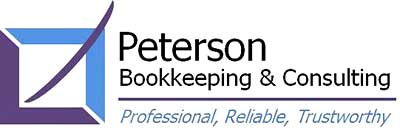Accounting automation has come a long way in the last few years, and the process of handling invoices and receipts is included in those changes. No longer is there a mountain of paperwork to deal with. In this article, we’ll explain some of the changes in this area. Vendor Invoices Most invoices are now sent […]
What’s Your DSO?
If you grant credit to customers, then you have a balance in accounts receivable. DSO stands for Days Sales Outstanding, and this helps you measure how fast your receivables are being converted to cash. Here’s how to calculate it: DSO = Accounts receivable balance / Annual net credit sales * 365. DSO is measured in […]
Have Your Layer Cake and Eat It Too
The best cakes have layers and layers of different delicious flavors to enjoy. Stacked on top of one another, each layer is baked separately and becomes part of the whole. Like a layer cake, your business expenses have layers of meaning to them. When you can understand how expenses play a part in profit, you […]
Marketing by the Numbers
Two very important skills for entrepreneurs to master are marketing and finances. Combine them by understanding the numbers behind marketing, and you have an even more powerful understanding of exactly what makes your business tick. Key Numbers – Cost Per Client Acquisition Do you know how much it costs your business to bring in one […]
Boost Your Accounting Know-How with These Terms
Outsmart your accountant and other financial friends with these accounting-related definitions: Fiscal Year Most companies report their results on a calendar year, from January 1 through December 31. Some companies use a different year for reporting, and that’s called a fiscal year. For example, Intuit’s fiscal year runs from August 1 to July 31. A […]
